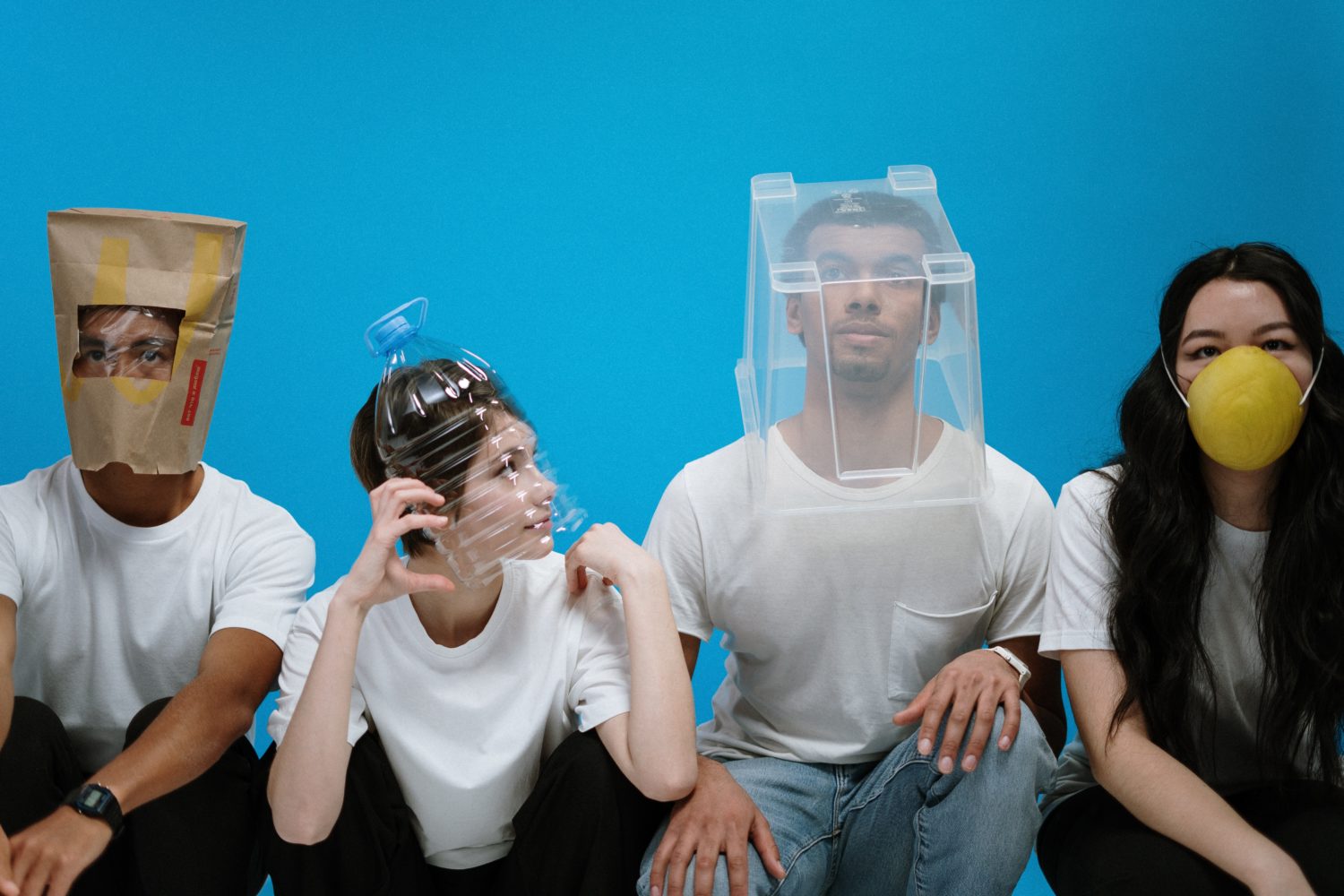I don’t know how your staff is doing, but my team is afraid. We’re navigating a big unknown right now, and everyone is working on holding it together. I’m grateful that I can still offer our team shifts to work, hours for pay, and a position with our company. Many organizations aren’t able to do that right now, so I’m trying to keep the silver lining in sight. My employee concerns mostly center around exposure to the virus, fear of elderly family members catching it, dealing with difficult and thoughtless clients, and whether or not they have an income to look forward to in the coming months.
And, I’m stressed, too! I have the same concerns for myself that I have for my employees, but I’m also worried about planning for a business during a world crisis; supporting our management team, who supports our employees; and trying to stay on top of all the latest legislation changes, local directives, and veterinary medical interpretations of these to make sure we’re moving forward as best as we can as a company. I did not pursue a career in veterinary medicine to translate senate legislation. Don’t make me read another sentence of that $#!T! As leaders, we commonly have to find a way through our own emotions so we can best support our teams. Here are some ways I’m working to support my team through the COVID-19 crisis.

1: Ask questions
What’s concerning your team? Are they worried their spouse is going to be laid off? Do they live with someone who is immune-compromised? Are they angry about co-workers who aren’t taking social distancing seriously and potentially increasing the chance of contamination? We’re all operating at max capacity right now, just trying to get through the day. But making time to sit down with your staff to have these honest conversations will help you to alleviate their concerns on an individual level, and support them through this. It will also give you a touchpoint to follow up on during later conversations: I know you’re worried about your dad; how’s he doing? Have you heard anything about your wife’s job? How are you guys doing at home? Make the connections, take the time to build trust, and the relationships you’ll build with your employees with be well worth it.

2: Remember that we’re all in this together
Angry clients wiping nasal discharge on the front desk, co-workers challenging each other, employees hurling accusations at management… Everyone’s emotions are high. Some people are showing their true colors, and some are reacting out of fear. When you want to spit expletives, fire the client, and knock people’s heads together, instead access your compassion. Acknowledge that this time is stressful for all of us. State what you’re doing to protect and support your employees and clients. Ask if they have constructive feedback to share. Then, remind everyone that kindness, compassion, and patience will be much appreciated as we all try to get through this together.

3: Look at schedule flexibility during the crisis to decrease stress
In a profession rife with compassion fatigue, anxiety, and depression, imagine what a global pandemic, a slew of terrified clients, frustrated co-workers, and financial instability will do to exacerbate our already fragile professionals. What can you offer your team to decrease stress? Does schedule flexibility work for your practice? Can you split teams to decrease contamination, offer hours to work from home, provide curbside appointments, or offer rotating days off to alleviate stress on your team?
I’ve heard of CSRs, admins, and even CVTs working from home to manage client needs. If you’re offering curbside service, route your client appointments to a Google voice number associated with a CVT’s cell phone. The client arrives for their scheduled appointment, calls a CVT to deliver a history, and an onsite staff member comes out to collect the pet and bring them to the back for an exam. CSRs can work from home to take payments and schedule appointments, thus leaving minimal staff in the clinic. Ask staff what would help them. Do they want to work five 8-hour shifts? Four 10-hour shifts? Should everyone get a rotating day off during the week, and can you do this without cutting hours? We’re a profession of creative folks, making “happy tail” bandages, splints for guinea pigs, and e-collars for neonates—we can do this!

4: Discuss the measures you’re taking to decrease contact and contamination
Communicate! Send notifications to your clients and employees to let them know what you’re doing to keep the hospital clean, decrease contamination, help avoid a complete staff quarantine, keep the hospital doors open to ensure your clients have a place to bring their pets in the event of an emergency, and comply with current local and federal regulations. Show everyone that you’re on the ball, and even ahead of the game. They’ll be relieved to know that you’re looking out for them.

5: Find fun ways to bring the team together (safely)
Schedule time for your team to blow off steam, whether it’s virtual happy hours, sharing silly memes, finding special ways to say “thank you” for dealing with a difficult client, or just asking a question about their loved one that they’re worried about. Take the extra step toward your team during this time of stress and uncertainty. Be on the lookout for those moments where they’re taking the extra step for their clients or colleagues, too, and then thank them for it!
When everything seems out of control, bear in mind the words of the iconic Rosie the Riveter: “We can do it!” If GM can make ventilator parts, and Hanes can make personal protective equipment, then creative veterinary professionals like us can not only do this, but we can support each other through it and come out on top with kindness, compassion, and a commitment to our teams.

Katie is a CVT, wife, mother, manager, and adventurous chef. When she’s not working at VSS (or being a mom – work in progress), she’s hiking, traveling, reading, or trying out a new hobby to see if it will stick.
